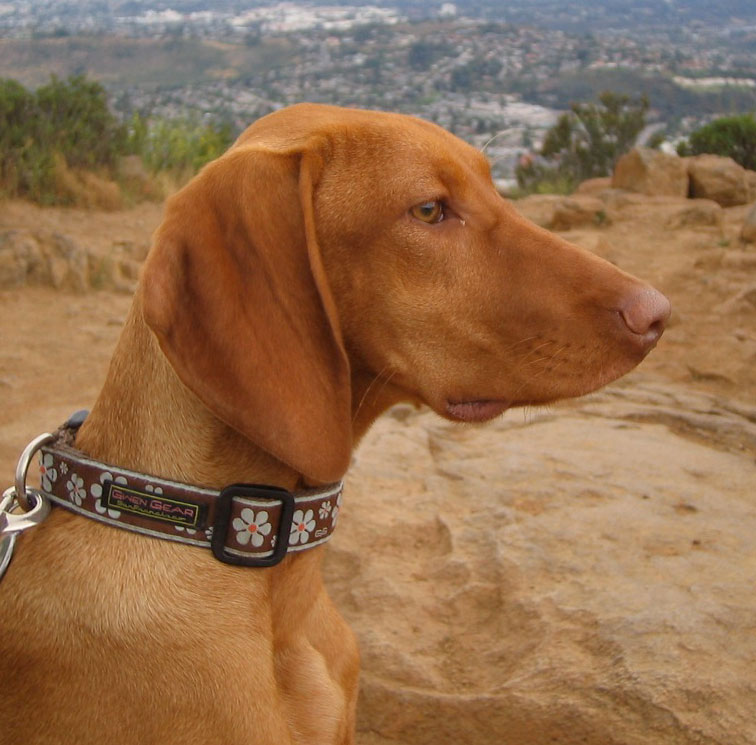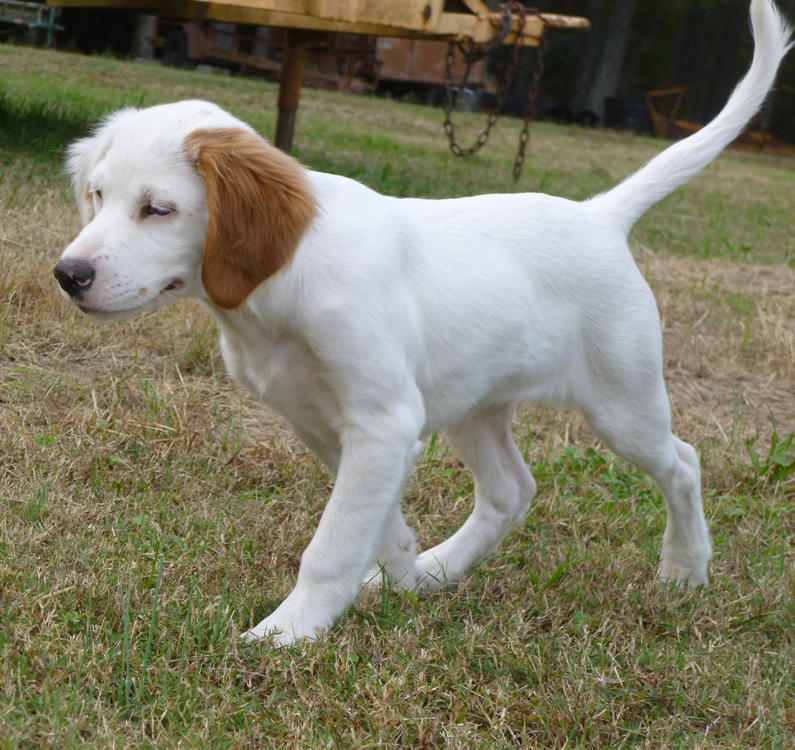|
Pointing Breed
Pointing dogs, sometimes called bird dogs, are a type of gundog typically used in finding game. Gundogs are traditionally divided into three classes: retrievers, flushing dogs, and pointing breeds. The name ''pointer'' comes from the dog's instinct to ''point'', by stopping and aiming its muzzle towards game. This demonstrates to the hunter the location of their quarry and allows them to move into gun range. Pointers were selectively bred from dogs who had abundant pointing and backing instinct. They typically start to acquire their hunting instincts at about 2 months of age. History Pointing dogs may have descended from dogs from Spain, specifically of the Old Spanish Pointer (Furgus, 2002). Pointing dogs were originally used by hunters who netted the game. The dog would freeze or set (as in Setter) and allow the hunter to throw the net over the game before it flushed. Flushing dogs, on the other hand, were often used by falconers to flush game for the raptors. Most c ... [...More Info...] [...Related Items...] OR: [Wikipedia] [Google] [Baidu] |
Vizsla Ráhúz A Vadra
The Vizsla () is a dog breed from Hungary and belongs to the Federation Cynologique Internationale (FCI) group 7 (Pointing Dogs), the Canadian Kennel Club (CKC) group 1 (Sporting group), and the American Kennel Club (Sporting group). The Hungarian or Magyar Vizsla or Smooth-Haired Vizsla are sporting dogs and loyal companions. The Vizsla's medium size is one of the breed's most appealing characteristics. As a hunter of fowl and upland game, the Vizsla has held a prominent position among sporting dogs – that of household companion and family dog. The Vizsla is a natural hunter endowed with an excellent nose and outstanding trainability. It was bred to work in fields, forests or bodies of water. Although they are lively, gentle-mannered, demonstrably affectionate and sensitive, they are also fearless and possess a well-developed protective instinct. Description Appearance The Vizsla is a short-coated hunting dog of distinguished appearance and bearing. Robust, but rat ... [...More Info...] [...Related Items...] OR: [Wikipedia] [Google] [Baidu] |
English Setter
The English Setter is a medium-size breed of dog. It is part of the setter group, which includes the red Irish Setters, Irish Red and White Setters, and black-and-tan Gordon Setters. The mainly white body coat is of medium length with long silky fringes on the back of the legs, under the belly and on the tail. The coat features flecks of colour, and the different colour varieties are referred to as belton. A gentle but at times strong-willed, mischievous gun dog, bred for a mix of endurance and athleticism, it is used to hunt for game such as quail, pheasant and grouse. When working, the dog will hunt methodically seeking the airborne scent of its prey. It is sometimes referred to as the Laverack or Llewellin Setter as these were famous strains of the breed during the major development period in the 19th century. Those from hunting stock are generally of a finer build and with less coat than those bred for show exhibition. Generally reasonably healthy, they have an average ... [...More Info...] [...Related Items...] OR: [Wikipedia] [Google] [Baidu] |
Brittany (dog)
The Brittany is a breed of gun dog bred primarily for bird hunting. Although it is often referred to as the Brittany Spaniel, they are not actually spaniels. The AKC reclassified them in 1984 as just Brittanys, since they are pointing dogs and have less genetically in common with Spaniels, and more in common with Setters, which are pointing dogs. The breed's working characteristics are more akin to those of a pointer or setter than a spaniel. Brittanys were developed in Brittany, a province in northwest France, between the 17th and 19th centuries, becoming officially recognized early in the 20th. There are French Brittanys as well as American Brittanys. French Brittanys are used for upland birds and rabbits, whereas the American Brittanys are used for upland birds hunting exclusively. History The name "Brittany" is taken from the Brittany region in northwestern France where the dog originated. Images of orange and white Brittany-like dogs hunting and retrieving game were firs ... [...More Info...] [...Related Items...] OR: [Wikipedia] [Google] [Baidu] |
Braque Saint-Germain
The Braque Saint-Germain (translated into English as the St. Germain Pointing Dog) is a medium-large breed of dog, a versatile hunter used for hunting as a gun dog and pointer as well as for hunting other small game. ''Braque'' is a term meaning pointing dogs. The breed was created around 1830 by crossing English and French pointing type dogs. Appearance A typical pointer, with a medium build and an attractive fawn and white coat, drop ears, and a long tail which is held level while the dog is working. The Braque Saint-Germain stands at the withers, females somewhat smaller. History Bred first in the royal kennels at Compiègne around 1830 from a mix of English and Continental pointers, the breed grew in fame in Saint Germain en Laye, where it received its name. Although a popular hunting dog, the breed achieved its greatest fame as a showdog. Starting from the first dog show in France in 1863, it was the most shown pointing breed. The French breed club was established ... [...More Info...] [...Related Items...] OR: [Wikipedia] [Google] [Baidu] |
Braque Français
The Braques Français are hunting dogs, from a very old type of gun dog used for pointing the location of game birds for a hunter. There are two breeds of Braque Français, both from the south of France, the Braque français, type Gascogne (French Pointing Dog – Gascogne type, larger size) and the Braque français, type Pyrénées (French Pointing Dog – Pyrenean type, smaller size) They are popular hunting dogs in France, but are seldom seen elsewhere. History The original Braque Français type of pointing dog has existed since the fifteenth century. Over the centuries the dogs were taken to other countries and were crossed with other breeds. When a search was made at the end of the nineteenth century to find the original dogs, two separate regional varieties were found. The first breed club was formed in 1850, and the standards for both breeds were written in 1880. It is recognised by the Société Centrale Canine in France, and world-wide by the Fédération Cynol ... [...More Info...] [...Related Items...] OR: [Wikipedia] [Google] [Baidu] |



.jpg)